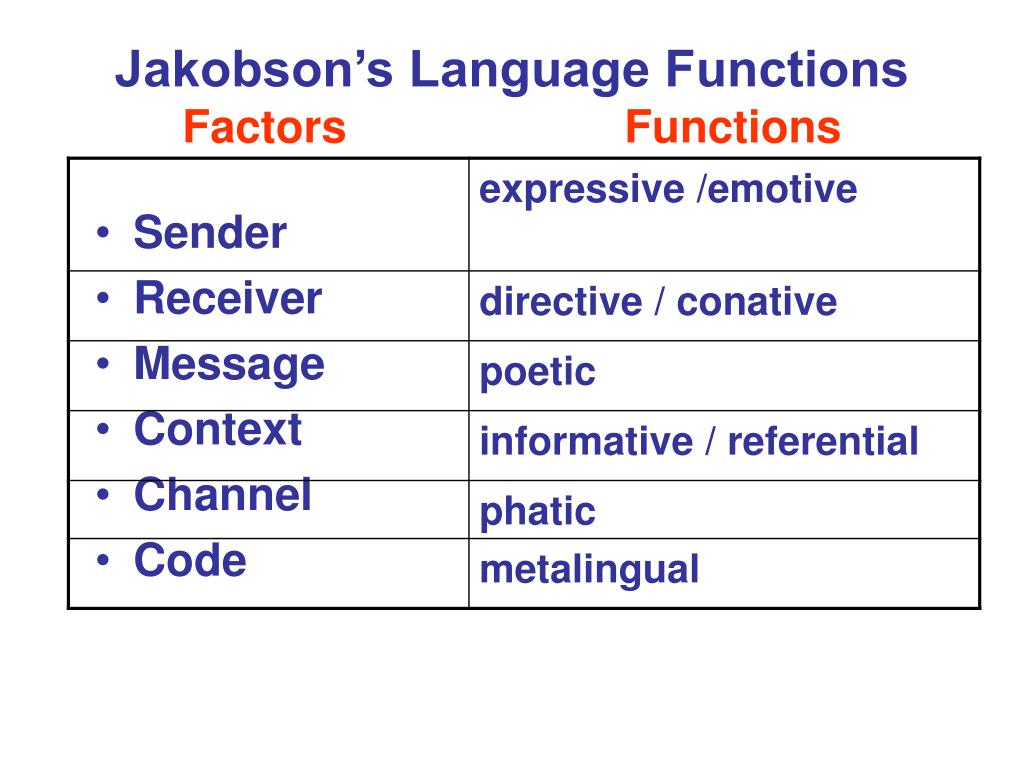

‘highlighting the form’ might include giving collocations – words that commonly go alongside the target language.Don’t worry, I’m still bad at thinking of them on the spot, and I’ve been teaching 5 years! It’s worth getting in the habit of using these as you need them often when you’re teaching. Also, use concept checking questions (CCQs). To check understanding of a grammar point, timelines might be useful.It might not be as complicated as you think.

For a word or phrase, think about how ‘concrete’ the word is – you might be able to just show a picture of it, draw it, mime it, etc. For conveying the meaning of a grammar point, you should think about putting the target language in a context.Meaning, Form, Pronunciation, Appropriacyįor both grammar and vocabulary items, we were told to lay the analysis out like this:Ī) Analysis of meaning (say what it means!)ī) Describe how you would convey the meaningĮ) mention any phonological features of the target language
LANGUAGE FUNCTION ANALYZE HOW TO
It might sound simple, but that doesn’t make it easy!ĭuring the course you’ll learn how to introduce target language, more than likely in this order: You’re given a particular grammar structure or lexical items, and you have to analyse it and explain how you would go about teaching it. It’s in two parts, grammar and vocabulary. The language analysis assignment is quite straightforward.

Home › CELTA tips › CELTA tip: language analysis assignment


 0 kommentar(er)
0 kommentar(er)
